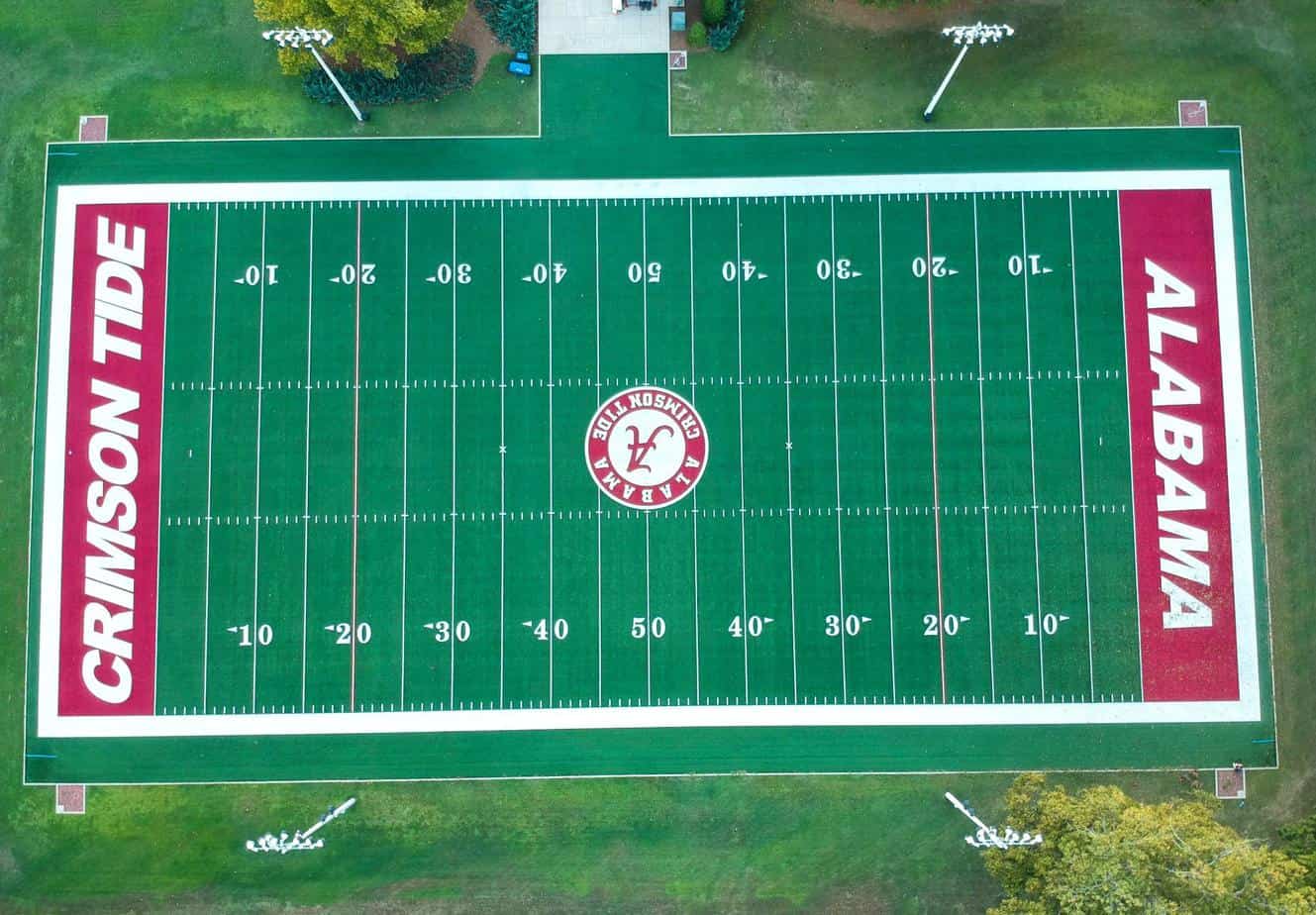Sports leagues can be thought of as clubs. To enter any club, permission must be obtained from the incumbents, which means a sufficient number of them must be made better off by the entrant. Similarly, the entrant has to be better off by joining the club. If it is mutually beneficial, we’ll see entry into the club.
You probably know that the Big 10 has become serious about adding a 12th member. Former Wisconsin football coach and current AD Barry Alvarez and the legendary Joe Paterno of Penn State have both gone on the record saying that the Big 10 needs to seriously add the 12th school, primarily to benefit the football side of the ledger. The SEC, Big XII, and ACC play meaningful games into December, including league championship games, two weeks after most Big 10 programs finish their regular season. Teams from those leagues get extra practice time and attention (i.e., television appearances, money from the championship games, and recruiting coverage). At the same time, the Big 10 teams have to wait. Expansion proponents feel that money is being left on the table.
The last time the Big ten expanded was in 1989, when Penn State was added as a member. The last time the Big 10 sought to develop was in 1999 when it made an offer to Notre Dame, a proposal that ND rejected. This time around, schools such as Notre Dame, Nebraska, Missouri, Iowa State, Cincinnati, Syracuse, Louisville, Rutgers, and Pittsburgh are the primary candidates mentioned in the press. Regarding the club theory of the Big 10, Stewart Mandell comes closest to capturing the essence of what Big 10 programs are thinking.
The Big Ten does not publicly release revenue-sharing figures, but it’s been reported that its rights deals with ABC/ESPN and the Big Ten Network generate about $212 million annually. (That’s in addition to the league’s direct profits from its jointly owned network.) Add in this season’s two BCS berths ($22.3 million) and five other bowl berths (about $14 million), and we’re talking a minimally estimated $248.3 million in shared revenue, or $22.6 million per team.
Therefore, any potential 12th team would have to add $22.6 million in “value” to renegotiated TV and bowl deals to prevent the others from losing money. With all due respect to Missouri, Pittsburgh, Syracuse and Rutgers (the most commonly discussed candidates), there’s only one viable school that could guarantee that kind of gold mine: Notre Dame. The Irish rejected the Big Ten’s last invitation in 1999, and the school has given no indication it’s willing to reconsider.
The idea is correct, but I think the values are wrong. For the sake of argument, assume away all other shared revenue sources (basketball revenues being the most prominent revenues carried away) and only look at the value of the football media contract.
Suppose the football media contract is worth $X, spread evenly over n teams. Then each school gets $X/n. Adding one more section and assuming the value of the contract stays the same, then each school would get $X/(n+1) in shared revenue.
The incumbents matter because they have to vote yes for the conference to expand. Expansion in this uber simplistic model means that each school loses, at the margin, $X/n – $X/(n+1) in shared revenue. Using Mandell’s numbers, X = $248.3 and n = 11, means each school would lose about $1.881 million in shared revenue or a total of $20.692 million over the 11 existing teams.
In pro sports in the US, leagues charge entrants an expansion fee that covers losses felt by incumbents and is a way for incumbents to capture some of the entrant’s profits. To my knowledge-conferences, don’t charge expansion fees when conferences expand. The trade-off for incumbents (in my simplistic example) is that an entrant would enhance the value of the media contract (X). The entrant would improve the media contract by allowing the Big 10 to add a championship game and more television eyeballs to the Big 10 country. If an entrant were expected to enhance the value of the contract by at least $20.692 million, then the incumbents would allow the entrant to join the club.
Similarly, if the entrant were to get more revenues through sharing in the Big 10 than it currently gets in its conference, it would like to make a move.
What schools are most likely to enhance the Big 10’s media contract? Here are how the nine schools mentioned above ranked in terms of total athletic revenues from the 2007-2008 academic year (source):
| 2007/08 Academic Year Total Revenue Rank | School | Total Revenue |
| 14th | Notre Dame | $83,352,439 |
| 20th | Nebraska | $75,492,884 |
| 44th | Louisville | $52,203,604 |
| 45th | Rutgers | $50,181,300 |
| 46th | Missouri | $49,113,786 |
| 54th | Syracuse | $44,702,831 |
| 61st | Pittsburgh | $39,741,621 |
| 63rd | Iowa State | $38,642,013 |
| 67th | Cincinnati | $33,886,561 |
That includes revenues from all sources, including men’s basketball, so it’s not a perfect indicator of fan interest in football at each school. Still, the two schools most likely to enhance the Big 10’s contract are Notre Dame and Nebraska. Notre Dame’s assets to the Big 10 are pretty straightforward, and the Big 10 is probably eyeing Notre Dame more than anyone else. But I want to focus on the Big XII teams. How likely are we to see mutual agreement between one of the Big XII teams mentioned above and the Big 10?
From a contract enhancement point of view, Nebraska isn’t that far below Notre Dame. Its allure reaches beyond the state of Nebraska into the Dakotas and Western Iowa. Husker fans love to travel to watch their team play, and they love to watch their team play on the telly.
But I have a hard time thinking that Nebraska would prefer to leave the Big XII to join the Big 10 mainly because of how television revenue is shared in the Big XII. Teams that appear on television get more in sharing. Because of NU’s following, all else equal, they are likely to appear on television a few more times than other Big XII teams with smaller followings and thereby get a more significant chunk of shared revenue. Check NU off the list.
A good school academically, Iowa State has too small of a following athletically to be seriously considered an expansion candidate by the Big 10. So we can check the Cyclones off the list too.
It’s no secret that Mizzou Nation has been less-than-happy about a. the revenue-sharing system in the Big XII and b. the bowl selection process in the Big XII, which, aside from the automatic BCS berth, is not based on team performance aside from simply being bowl-eligible. Chancellor Brady Deaton has gone on the record saying that Mizzou will consider an offer to join another conference. That makes sense since no one knows what a request might be, let alone what school the proposal would go to. If nothing else, Deaton’s statement signals to the rest of the Big XII that Mizzou is seriously troubled by the way the Big XII is set up.
But MU’s interest in the Big 10, at this point, is probably not reciprocated to the same extent by the Big 10. Yes, Missouri is a state of nearly 6 million people with two large media markets. Mizzou is also the only FBS school in the state. But keep in mind that state boundaries are more-or-less arbitrary, especially in the large metro areas that spill over state boundaries. Big ten country already encompasses the St. Louis metro area to some extent. Illinois, Minnesota, Iowa, and Wisconsin have historically recruited in St. Louis. Its metro area already is, to an extent, a University of Illinois, and thus Big 10, media market. Including Mizzou would bring a more significant chunk into Big 10 territory, but not the whole market.
Similarly, Kansas City is a simmering pot of Kansas, Kansas State, and Missouri fans (with a smattering of Nebraska and Iowa State fans for seasoning). Lawrence, Ks (40 miles away) and Manhattan, Ks (120 miles away) are geographically closer to central Kansas City than is Columbia (125 miles away). Bringing Mizzou to the Big 10 would only get a portion of KC into the Big 10 media kingdom.
And keep in mind that both St. Louis and Kansas City have NFL teams, which probably further reduces the effect that adding Mizzou would have on the Big 10 media contract on the football side of things.
So I have a hard time thinking that the Big 10 will raid the Big 12 before they check their options to the east of Big XII country, namely Notre Dame, Syracuse, Rutgers, and Louisville.
Update: Stacey Brook also thinks Notre Dame is the best fit but that it is likely to refuse an invite. He suggests TCU as a possibility, one I had not thought of. I doubt if the Big 10 will go outside a border state to a school, significantly 1,200 miles from UMich, 1,100 miles from tOSU, and 1,400 miles from Penn State, the Big 3 in the Big 10.

